The EFL's Perfect Pairs
From Darren and Darragh to Ali and George, the Football League is home to many a partnership who just complete one another. There are some decent pairings on the pitch, too...
It’s Ryder Cup week, and this unique sporting event has me thinking. No, not ‘Who would win in an EFL version of Team USA vs Team Europe?’ – that’d be asking a lot of Lynden Gooch. The Ryder Cup has no direct equivalent outside golf, really. Yet its fascinating format of playing as pairs forces the mind (my mind, anyway) to wander to the Football League.
Football inherently loves a pairing. A successful centre-half partnership is crucial in any back four, while the classic front two is recovering from having been kneecapped in the 2000s by Jose Mourinho and his fellow tactical vandals. Off the pitch, a manager and his assistant remain a vital two-man team: for Brian Clough and Peter Taylor, read Nigel Clough and Gary Crosby, or Gaz and Dobbo for fans of QPR/The Beano. Then you’ve got those players brought from club to club by a manager who values their experience, loyalty and reassuringly familiar musk.
The Football League in 2023/24 has several perfect pairs. Some are well-established duos; others are forming a promising new partnership. And some, such as our first couple, are destined to unite for a beautiful but fleeting union, worthy of the Ryder Cup, before going their separate ways.
Young/Kemp (Swindon) & Adeboyejo/Charles (Bolton)
Never fall in love with a loanee… especially as a loanee yourself.
Don’t worry, we aren’t writing a fanfic about Jake Young and Dan Kemp, Swindon’s ships in the night. But if and when they are recalled in January by Bradford and MK Dons respectively, Swindon will be deprived of a potent partnership and everybody else will be deprived of a budding bromance. They seem to be enjoying their link-ups as much as the fans do, judging by their celebration having combined for a goal against Morecambe last weekend.
That was Young’s fourth assist for Kemp – the most prolific creator-to-goalscorer combination in League Two. Although their one-two against Crawley was probably the best of the lot, this latest goal showed their growing mutual understanding, because as two Morecambe players scramble to change direction, Kemp doesn’t wait for a cut-back past them – he’s on his way beyond them to the far post, where Young duly picks him out.
It’s not just direct goal contributions, either. Also in that game, Young played an outside-of-the-boot through ball to Kemp with an insouciance that bordered on impish, and Kemp was brought down for a penalty to Swindon and red card to Morecambe’s Yann Songo’o (more on him later, as it happens).
And it works two ways, as you might expect when they’ve each assisted four goals on top of their own tallies (nine for Young, six for Kemp). If anything, Kemp has been the more creative, averaging 2.03 open-play chances created per 90 minutes, compared to Young’s 1.42, with twice as high a rate of expected assists. Young is converting them at a better rate, too. Who’s the creator and who’s the finisher? Who finds the green and who sinks the putt?
Who cares? What a dream to have two players capable of doing both, and taking… well, alternate shots.
In League One, Victor Adeboyejo and Dion Charles are jointly spearheading Bolton’s promotion charge. They’re a more traditional front two, with one drawing defenders to make space for the other, and it’s effective: they’ve scored five goals apiece in Bolton’s eight fixtures. The only game in which neither player scored was the 4-0 defeat to Wigan, when Charles was suspended.
It’s usually Adeboyejo moving towards the ball while Charles runs in behind the defence. The win against Cheltenham provided a good example: with Josh Sheehan in possession, Adeboyejo suddenly remembers the offside rule, and as he runs back onside to receive Sheehan’s pass, Charles is darting past Cheltenham’s back line before his strike partner has even touched the ball. One touch from Adeboyejo and Charles is in; two touches from Charles and the ball is in.
There was a similar plan against Reading (not that the plan was to lose 2-1). Bolton’s opener came from Adeboyejo winning a header and Charles finishing a one-on-one. Later on, in a flowing move involving eight players, we see the Nigerian holding up the ball to find the underlapping Sheehan…
…who looks to the centre and finds Charles…
…who, uh, makes a mess of it. Still, Adeboyejo’s part in the construction was effective, even if his mate did knock down the whole Jenga tower while placing the final brick.
Opponents can’t be complacent. Against Derby, Charles often took up wider positions while Adeboyejo provided the penalty-box presence. Because Charles took his marker with him, Adeboyejo could isolate Sonny Bradley, which ultimately led to goalkeeper Joe Wildsmith’s sending-off. Against Burton, Charles came into midfield and dummied a Bolton goal kick into his partner’s path, leading to a chance; later in that game, Adeboyejo dropped deeper and the Northern Irishman was on his bike, getting in behind to equalise.
They’re a right pain in the arse for defenders.
Palmer/Bostock (Notts County) & Luongo/Morsy (Ipswich)
It’s our turn to drop into midfield. The general discourse around League Two table-toppers Notts County is best summarised as ‘your front three is unfair’, but Messrs Langstaff, McGoldrick and Crowley couldn’t do their thing without Matt Palmer and John Bostock behind them. In fact, Luke Williams’ highly attacking, possession-hoarding 3-2-4-1 system couldn’t function without his central midfield pair.
Williams’ setup requires composure and technical quality from his two midfielders, receiving the ball and recycling it quickly, because they’re operating in cramped spaces. With the exception of the two wide players, Notts County are so narrow in some games that their position map resembles more of a queue.
Palmer and Bostock provide control. It’s no great shock that they rarely misplace a pass – Notts County players are responsible for eight of the top nine pass completion rates in League Two – but it’s also difficult to rob them of the ball. Bostock, in particular, is a footballing Fort Knox: in eight starts, totalling 642 minutes, he’s been tackled a total of six times. Yet even with their comically high passing success, both above 92%, Palmer and Bostock do progress the ball regularly into the final third and the opposition box.
I should mention the club’s financial advantage, because I can hear some of you shouting at me as you read this. If you want to implement an extremely passing-focused style, you need good players, and you can coach established lower-league footballers to do many things but they don’t become two-footed technicians overnight. Notts County were able to attract two players from League One to the National League – Palmer in 2021, Bostock a year later – who were well above the level, and their strong partnership has continued into League Two.
Ipswich, meanwhile, are pushing for promotion to the Premier League with a midfield two who’ve spent their careers split evenly between the Championship and League One (a combined 355 appearances in the former and 325 in the latter, if you’re wondering). Yet Massimo Luongo and Sam Morsy embody the underestimating of Ipswich’s individual quality – ostensibly a pair of thirtysomethings without a single top-flight appearance between them, but excellent at what they do, and what they do together.
Once upon a time, they would’ve been the archetypal baller-and-bastard combo, but over the years, Luongo has added physicality while Morsy has added passing range. For example, Morsy’s perfectly weighted pass to Nathan Broadhead put him in a position to finish and begin Ipswich’s three-goal comeback against Cardiff.
Most importantly, the midfield pairing’s positional awareness is excellent, with Morsy and Luongo covering each other and their team-mates almost instinctively. They play as if they’ve been partners since well before January.
“I’ve always had good battles with Sam – it’s nice to be on his team for once,” Luongo said to the East Anglian Daily Times in March. “I remember just being on the floor with him all the time. He was always kicking me or late to a tackle. It’s nice to have him next to you. I think we suit [each other] well.”
“We have similar principles in how we play and compete,” Morsy told the EADT a month later (and they say local newspapers are dying). “It was evident from an early training session that the foundations of a really good pairing were there. Sometimes it just works.”
Damn it, he’s stolen my conclusion.
Poole/Shaughnessy (Portsmouth) & Lewis/Johnson (Wimbledon)
There’s something very satisfying about seeing an effective defensive pairing, so there’s something very satisfying about watching Regan Poole and Conor Shaughnessy in Portsmouth’s defence this season. As two summer signings, and with Poole having rejected Championship interest, their fine start reflects well on another promising Pompey partnership: head coach John Mousinho and sporting director Richard Hughes.
Poole and Shaughnessy complement each other well. The Welshman is right-footed, good in both boxes and adept under pressure; the Irishman is left-footed, eager to win the ball early and dominant in the air. Portsmouth have conceded the joint-fewest goals in League One.
League Two has an exciting centre-back pairing at Wimbledon. Yes, Wimbledon. One more time: Wimbledon. Despite their infamous inability to hold onto leads, Johnnie Jackson’s men have one of the division’s best defensive records (which is admittedly a Tallest Dwarf competition right now), being among the five teams who aren’t giving up more than a goal per game. Only they and Barrow have yet to concede from a set-piece, and no team has faced fewer shots from open play. Not bad, then.
The catalyst for change was a partnership signed from Stockport: Ryan Johnson on a free, and Joe Lewis on loan. They know each other already, which helps, as does Johnson favouring his left foot and Lewis his right, but they’re good defenders in their own right. Both are relatively quick for fourth-division centre-backs, without being bullied in the air – Lewis’ aerial win percentage is a decent 60% and Johnson’s is a positively indecent 68%. They’re comfortable on the ball, especially Lewis, whose ineligibility to face his parent club coincided with Wimbledon’s only defeat to date. And they seem to like defending, which is handy given how much of it they have to do.
Coleman/Bell (Accrington) & Evans/Raynor (Stevenage)
Let’s give the gaffers some love. A manager may be the biggest driver of a club’s success and they’re nothing without their assistant, so the EFL has no shortage of long-serving caddies.
We nearly included Paul Warne and Richie Barker, whose names even resemble a good-cop-bad-cop detective duo, alternately warning their players and barking at them. However, they’re more of a quartet with Matt Hamshaw (first-team coach) and Andy Warrington (goalkeeping coach), and these are fourballs, not eightballs. Instead, we’re taking to the course with two experienced and, uh, ‘popular’ pairs: Steve Evans and Paul Raynor at Stevenage, and John Coleman and Jimmy Bell at Accrington. Consider this the LIV group.
Since 2004, Evans and Raynor have worked together as No.1 and No.2 at Boston, Crawley, Rotherham, Leeds, Mansfield, Peterborough, Gillingham and now Stevenage. That’s… quite a lot of clubs. And they’ve pissed off opponents at every one, with their combination of touchline antics and direct football. Keith Curle called them ‘the ugly sisters’, presumably casting himself as Prince Charming.
The two combine well, with Raynor doing the dirty work on the training ground while Evans handles the shop front, although Raynor does have licence to challenge Evans on selection. There’s no danger of insurrection: when Raynor deputised at Rotherham during Evans’ six-match ban, he admitted, “I don’t enjoy it. I’m quite used to my role… we have a way of doing things.”
Ah yes, that ‘way of doing things’. They’re certainly a team. At Mansfield, Raynor was sent to the stands during a 4-4 draw with Accrington, and Evans, clearly bereft without him, earned the same punishment four days later. Once, in their spell with Peterborough, Raynor was given a yellow card in the first half, Evans in the second, then Evans was booked again and Raynor was booked again – all ostensibly because Darren Bond didn’t play advantage. “He is a poor referee,” said Evans, adding: “I’ve not seen the FA in a while. I’ll be seeing them again next week, I think.” With Raynor in tow, of course.
But even the pair’s successful couple of decades shrink next to Coleman and Bell. Twenty years? Try forty.
The Accrington manager and his assistant grew up in the same area of Kirkby, Merseyside, playing Sunday League together as teenagers. They were team-mates at Burscough, Rhyl, Lancaster City and Ashton United, always motivating one another, keeping each other grounded, talking football whenever they weren’t playing it.
They’ve been with Accy since 1999, from Division One of the Northern Premier League to League One of the Football League. In that time, they’ve shown a shared eye for recruitment, a bit like Clough and Taylor of old. They’re close to their players – Sean McConville, for instance, who is Bell’s nephew, Coleman’s close friend, and about to reach 450 games playing for the pair. They’re excellent motivators.
Above all, they’re passionate. Coleman and Bell were interviewed in Simon Hughes’ 2017 book, On The Brink: A Journey Through English Football’s North West: “If we weren’t managing Accrington and nobody else would give us a job, we’d still want to run a Sunday League team,” Coleman said. “We’d do it for nothing.” What a pair.
Adams/Songo’o and Garner/Egbo
Managers are loyal to players, too. They’re the focus for this pair of pairings, competing in our fictional Ryder Cup fresh from the Warnock/Kenny Invitational.
When Yann Songo’o joined Derek Adams at Morecambe this summer, the only surprise was that he wasn’t there already. The son of legendary Cameroonian goalkeeper Jacques Songo’o has played three-quarters of his career under Adams – 74.9% of his total minutes as a pro. Just look at ’em!
The love affair started in 2013/14 with a loan to Adams’ Ross County, when the Scot saw something he liked. Two years later, he knew who he wanted in his Plymouth midfield. After three mostly happy years together, Adams was sacked and Plymouth had no need for Songo’o any more, but the pair soon reuinted at Morecambe, then Bradford, and Morecambe again. Whatever the club, the song(o’) remains the same.
The 31-year-old midfielder is a tough, reliable and very committed anchor, so it’d be unfair to portray him as just some sort of comfort blanket for Derek’s night terrors. However, every word on him from his manager and even Songo’o itself does come back to intangibles. ‘Experience’. ‘Character’. ‘Team player’. ‘Knows where I left my keys’.
We could be seeing the next Songo’o/Adams partnership at Colchester, with Ben Garner and 26-year-old full-back Mandela Egbo. The two worked together as coach and youngster in Crystal Palace’s academy until 2015, when Egbo moved to Germany while Garner, even more exotically, went to West Bromwich Albion with Tony Pulis. What postcards they must have sent – especially when Egbo rocked up in New York while his former coach was managing Bristol Rovers.
‘Wish you were here’ indeed, because Garner then recruited Egbo on a short-term deal at Swindon, AKA the Manhattan of Wiltshire. Three months later, Garner was at Charlton – and therefore so was Egbo, arriving less than a fortnight later. It didn’t work out for the manager, but when he was appointed by Colchester this year, there was only one man on his mind, and he paid an undisclosed fee to bring Egbo to Essex. In the space of 18 months, Garner signed his former youth player for three different clubs. Despite a slow start at Colchester, Egbo has the quality to succeed there, or wherever Garner ends up managing in 2024.
Oh, and an honourable mention to another pair who nearly made the cut. Tony Mowbray took Bradley Dack from Gillingham to Blackburn in 2017, watched him score or assist 76 goals in 140 Rovers appearances, then brought the 29-year-old to Sunderland this summer because he wanted one responsible adult in the Stadium of Light’s soft-play centre among all of the excitable children.
Ferguson/MacAnthony & Weaver/Weaver
Finally, a manager isn’t always the boss in a relationship. Just ask his own boss.
Not much is known about the reclusive Darragh MacAnthony. However, we’ve pieced together clues from the secretive Peterborough owner’s rare public appearances to draw one tentative conclusion: he quite likes Darren Ferguson.
MacAnthony became Peterborough’s chairman in 2006 and bought the club a year later. He also hired Ferguson in 2007. And 2011. And 2019, and 2023, having clearly been thinking about the Scot even during his own on-again-off-again affair with Grant McCann. Considering that MacAnthony was 30 when he first appointed Ferguson and is 47 now, and allowing for the times they’ve been on a break, the two have been working together for more than a third of MacAnthony’s adult life. It’s hard to imagine a closer bond between club owner and manager.
OK, maybe not that hard. Harrogate manager Simon Weaver is, as you may have heard, the son of Harrogate chairman Irving Weaver. This was no nepotistic hire – Weaver Jr was the Sulphurites’ manager first and Irving jumped on (the) board two years later, like an over-keen dad on school sports day.
“When I found out I’d be working under my dad, I felt sick,” Simon told The Guardian in 2020. “I forged my own path as a footballer and was trying to do the same as a manager. Not wanting to let your dad down, as well as the fans? That extra pressure is intense.”
Yet it worked. Irving kept the club afloat and Simon sent it airborne, taking Harrogate from the Conference North into League Two. This, despite the fact that the budget is small, their room for organic growth is limited, and having your dad as a boss sounds like an absolute nightmare. But not for Simon Weaver and Harrogate, it seems.
What can I say? Sometimes it just works.



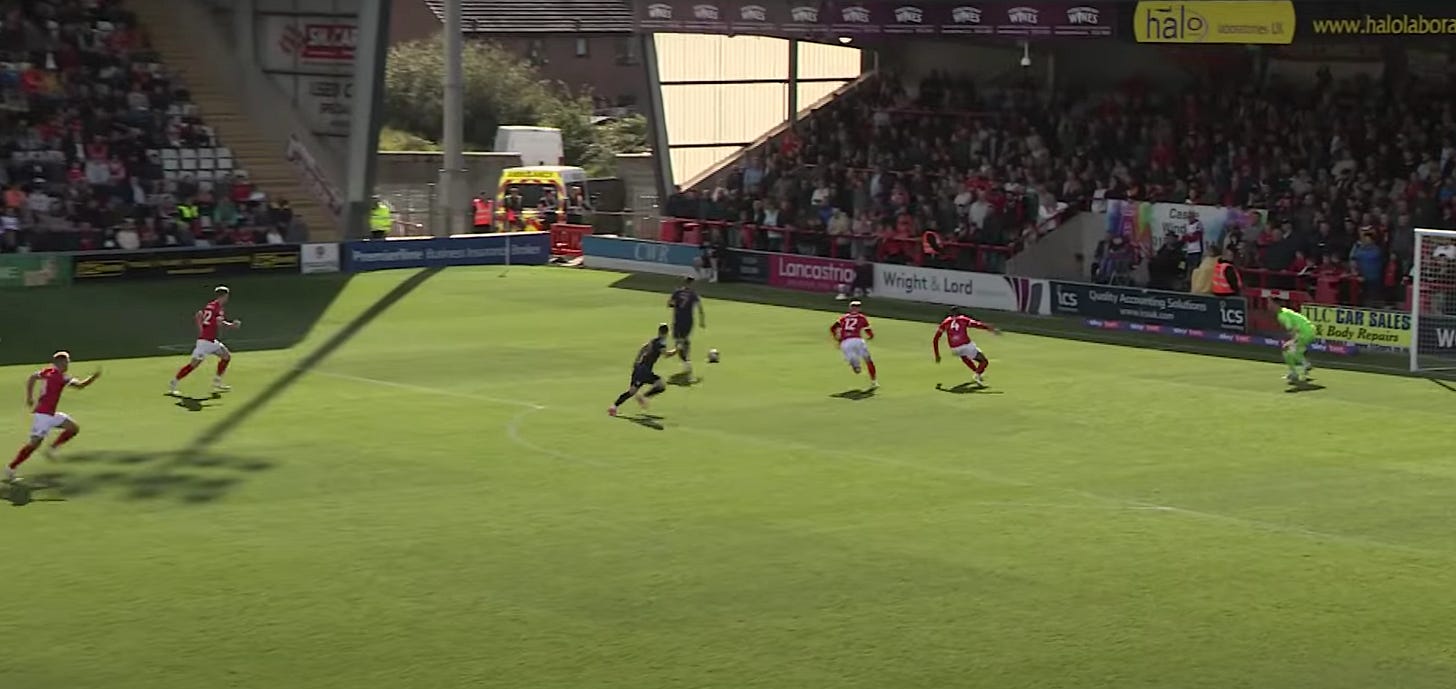
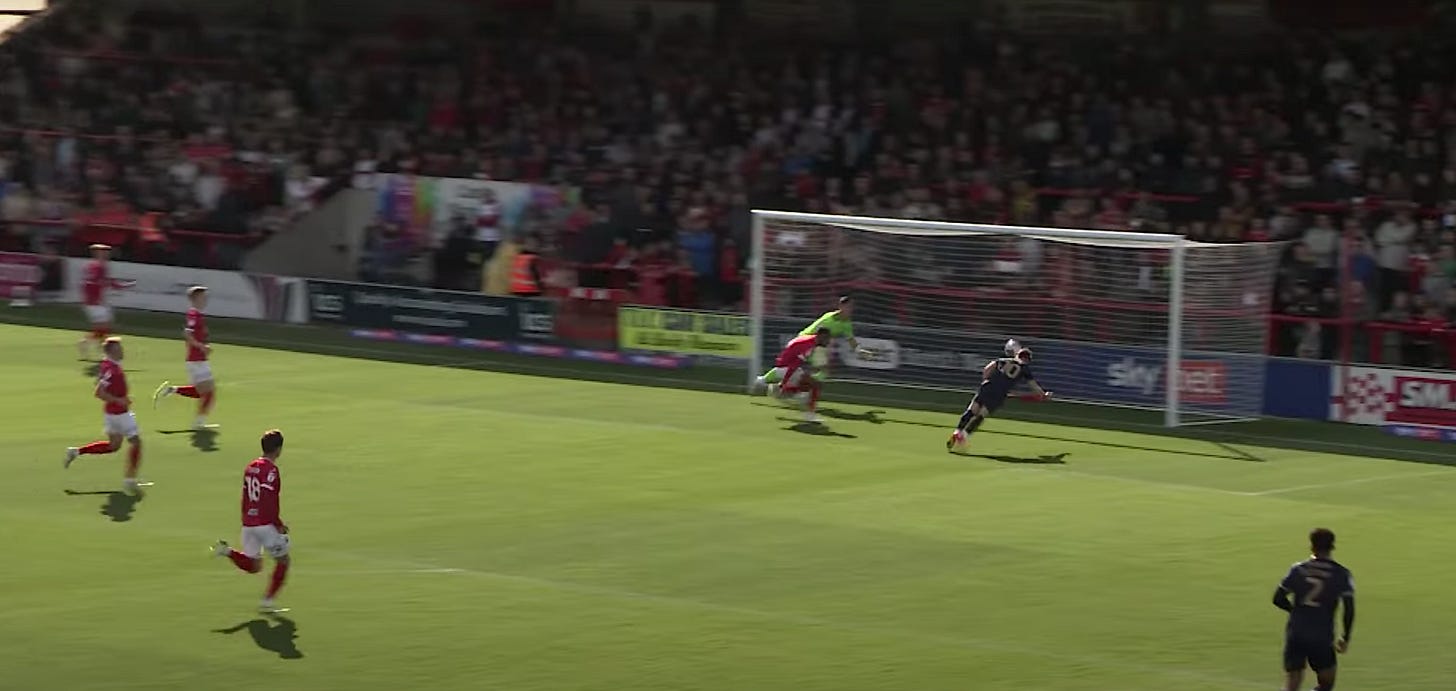
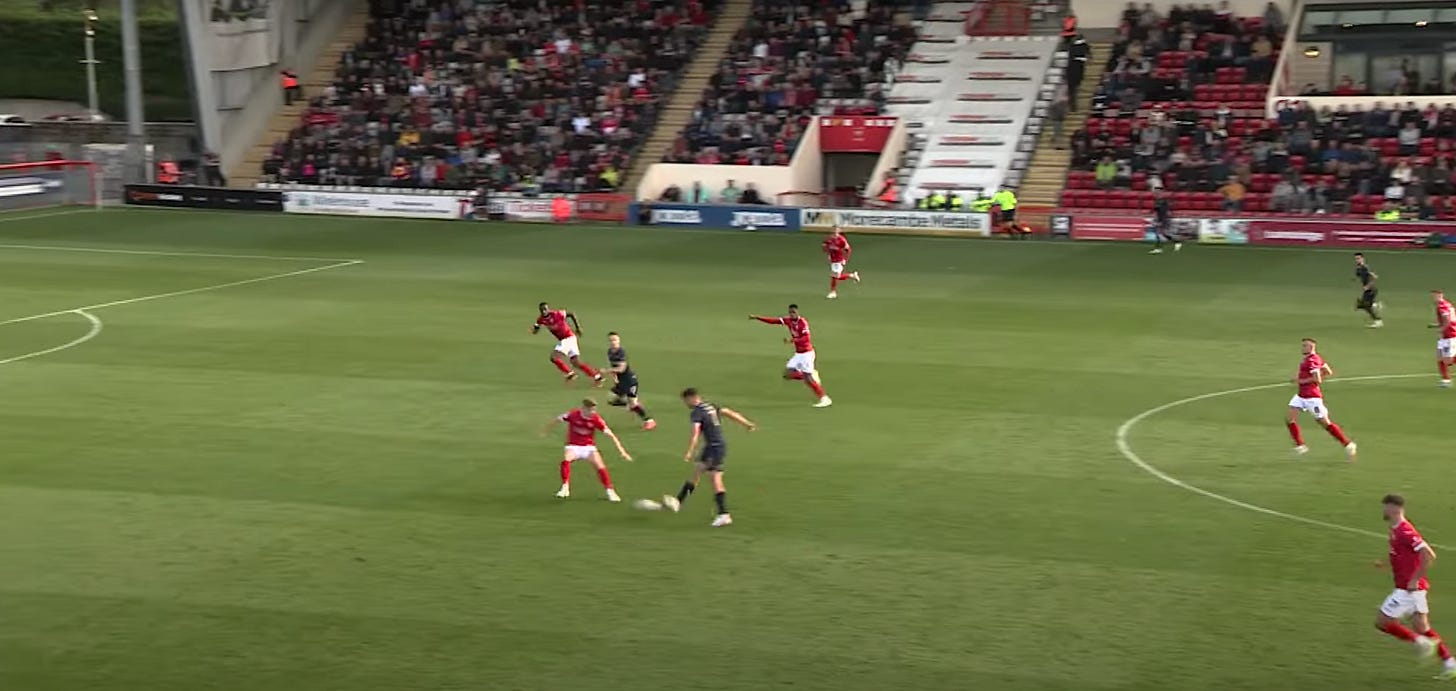
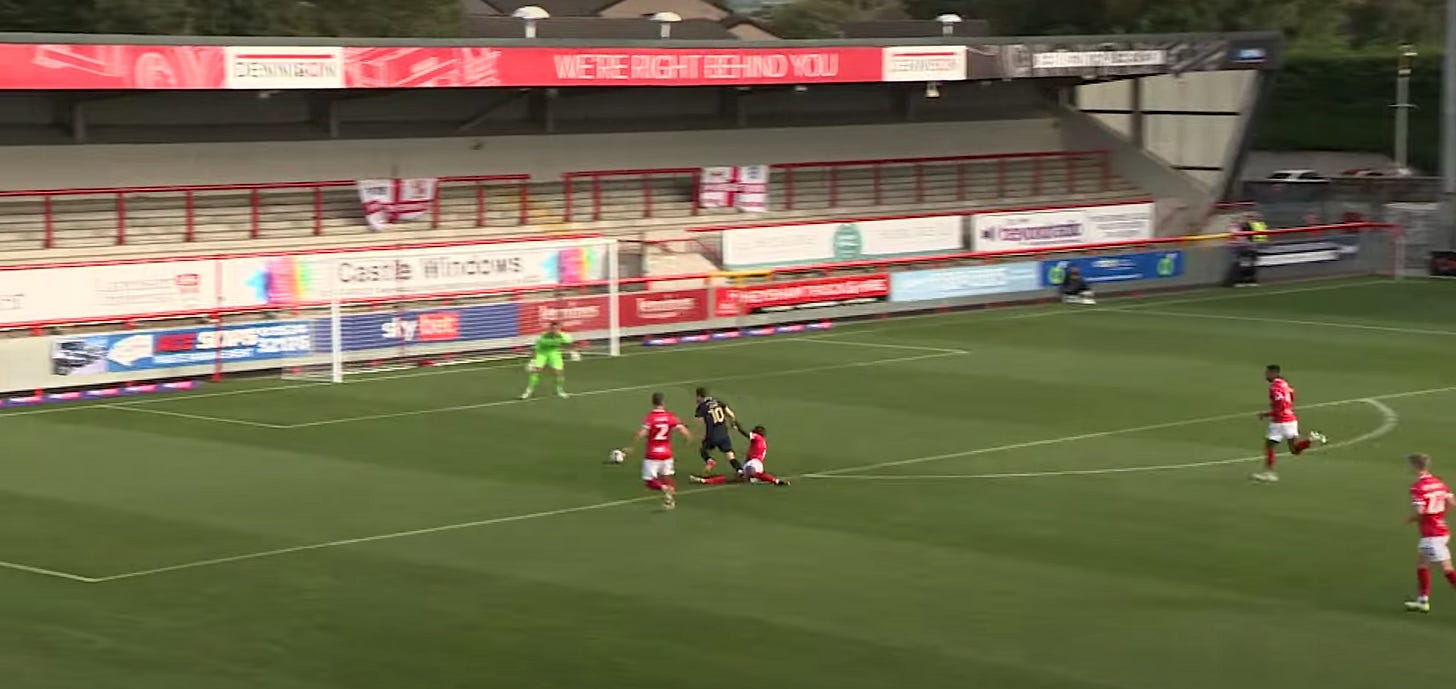
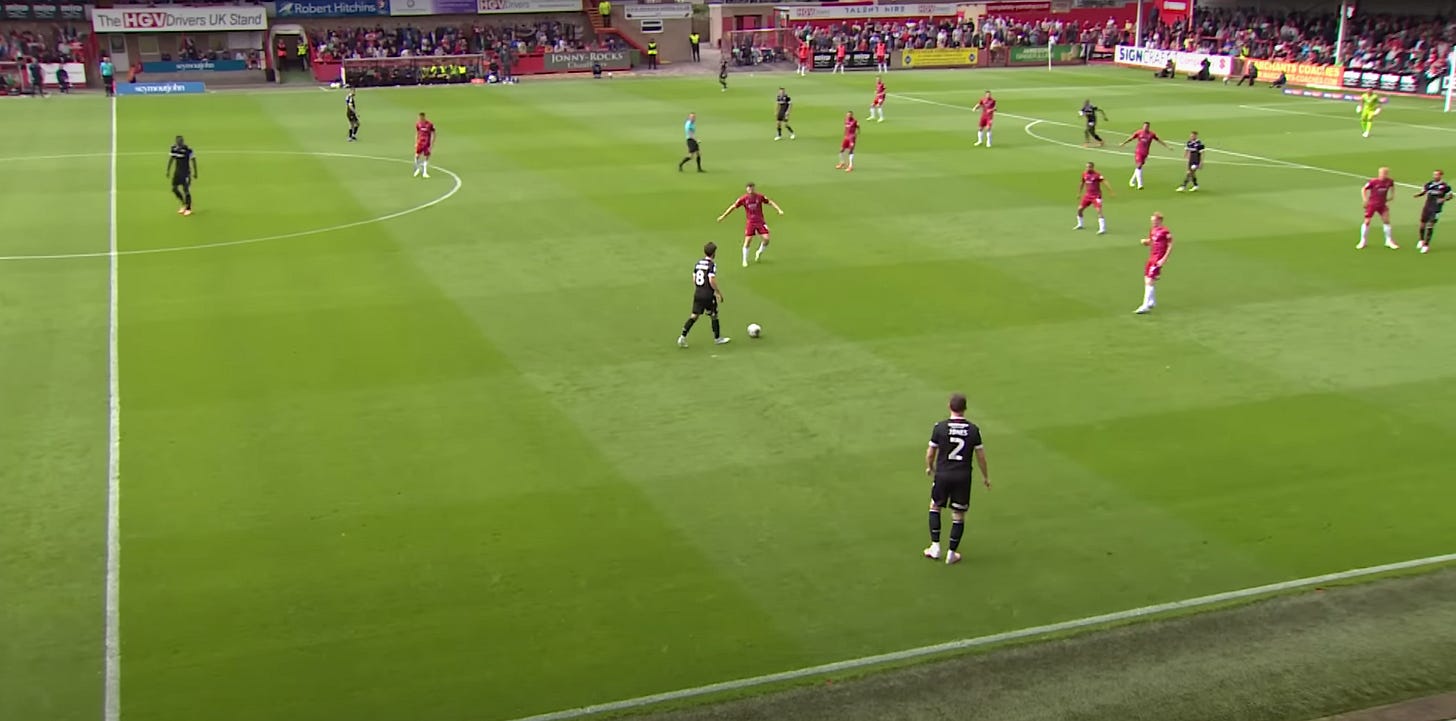
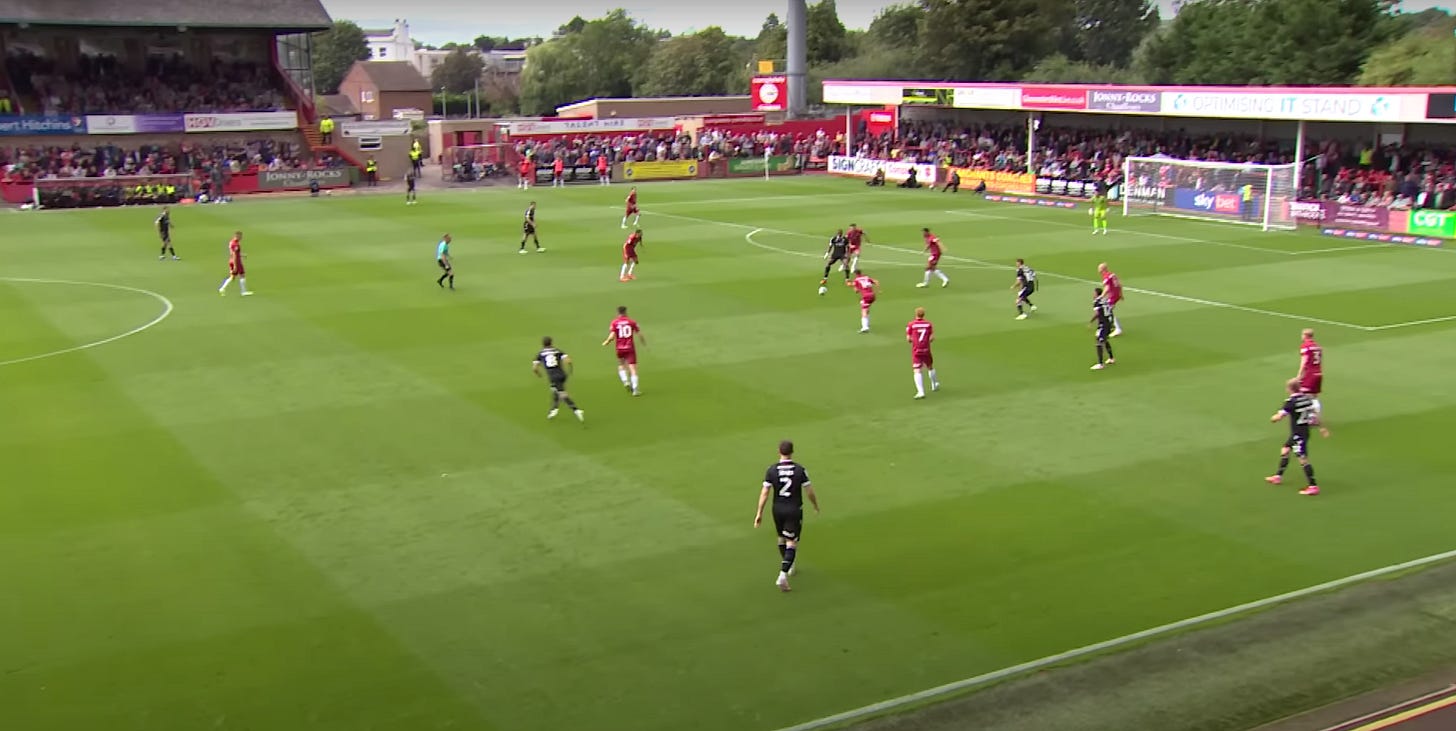
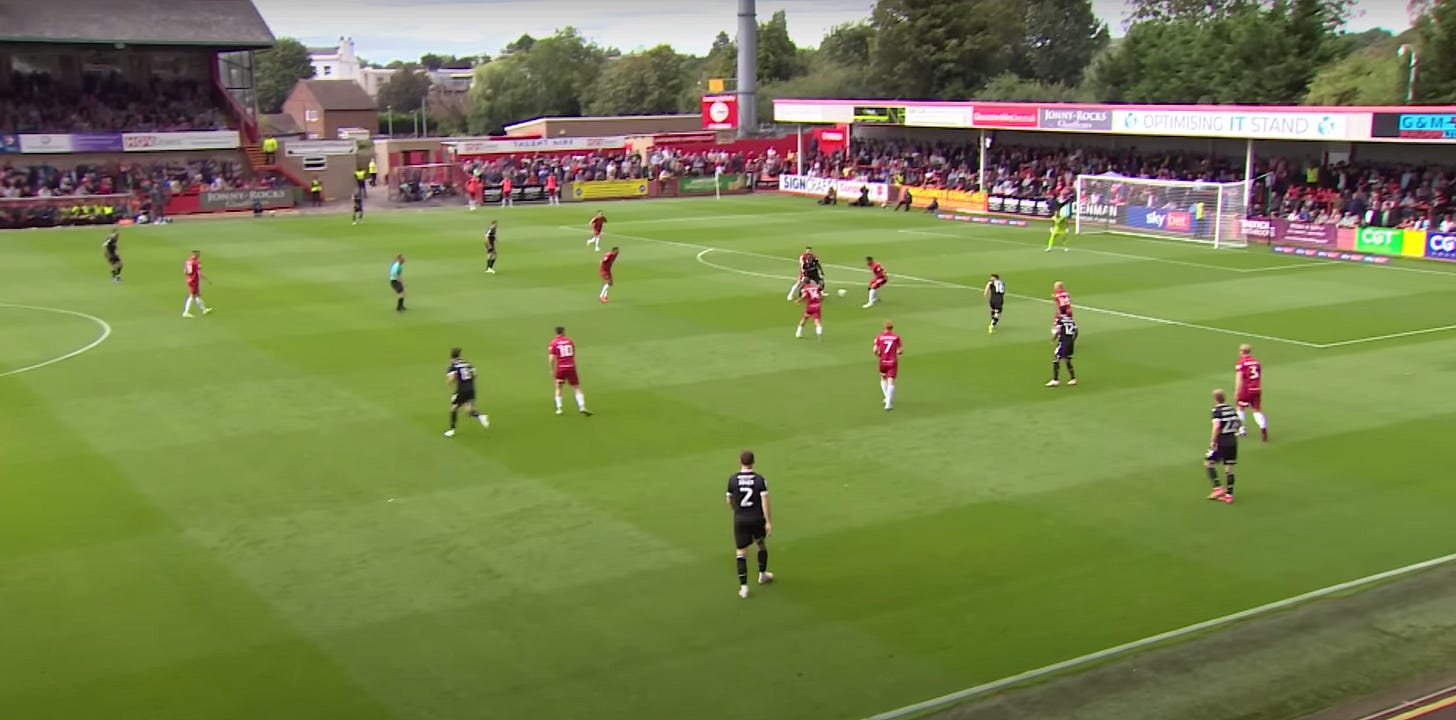
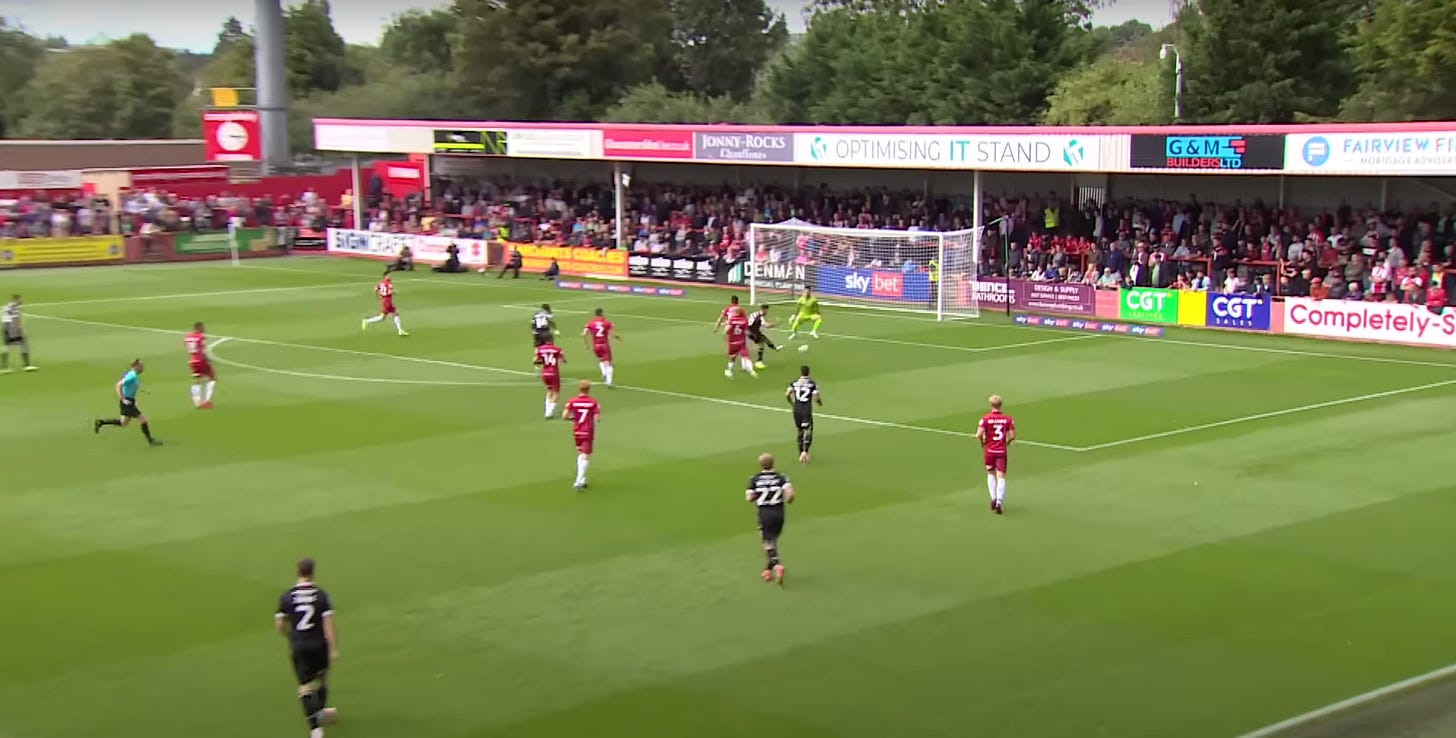
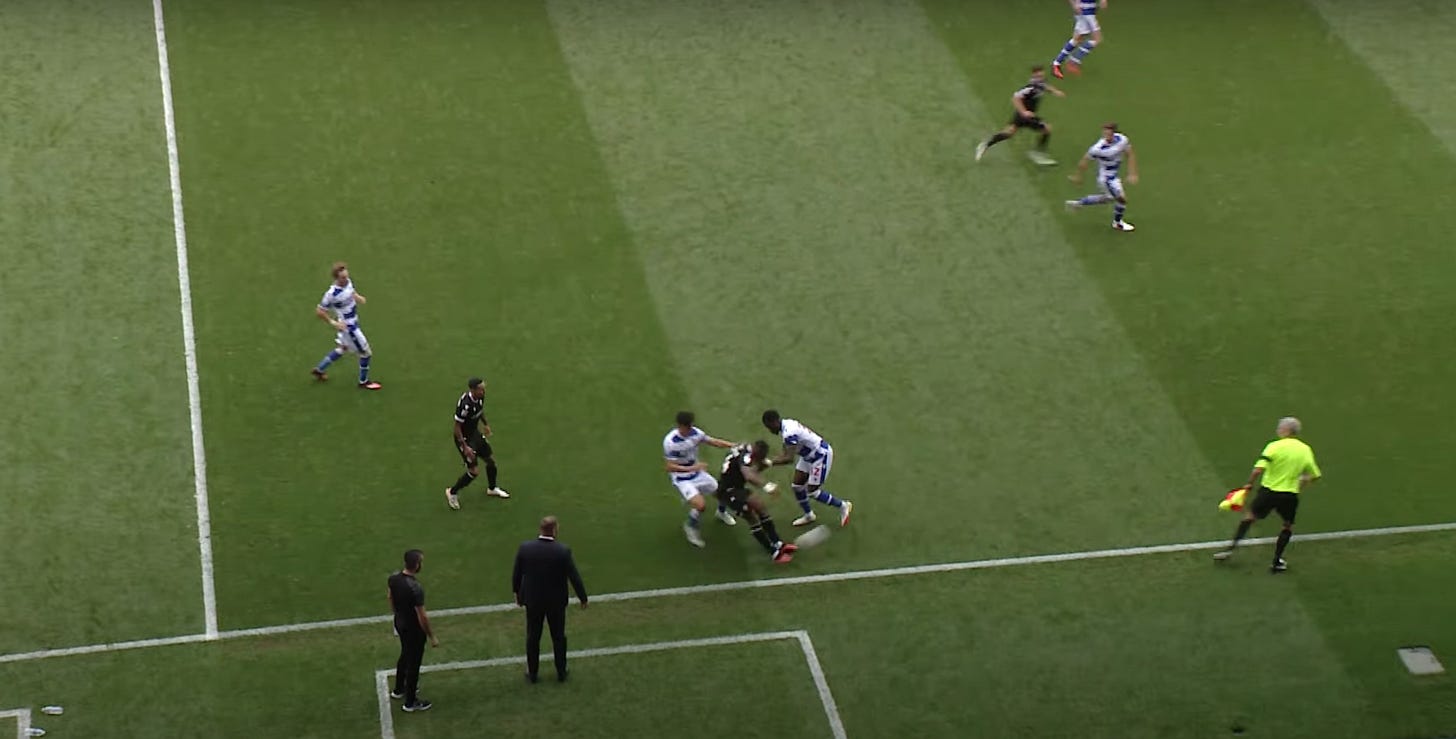
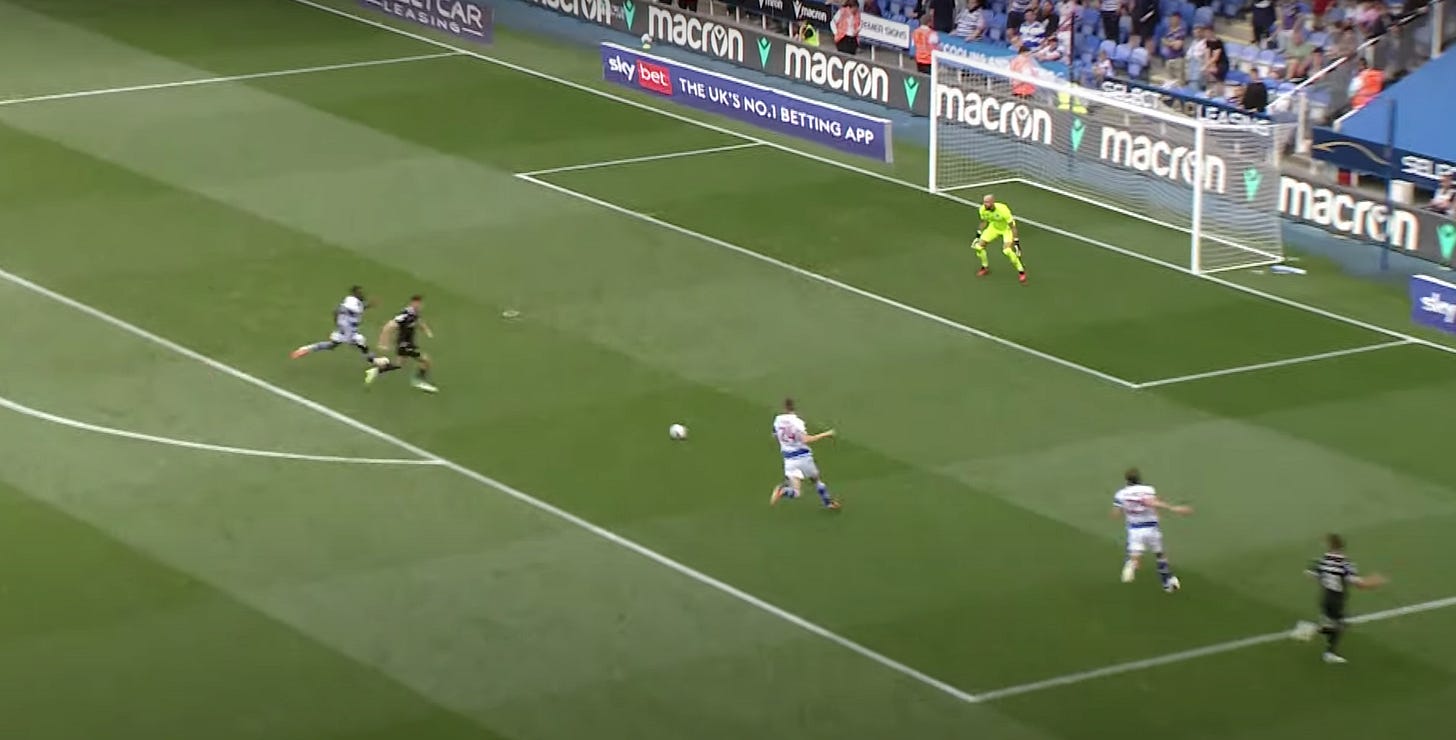
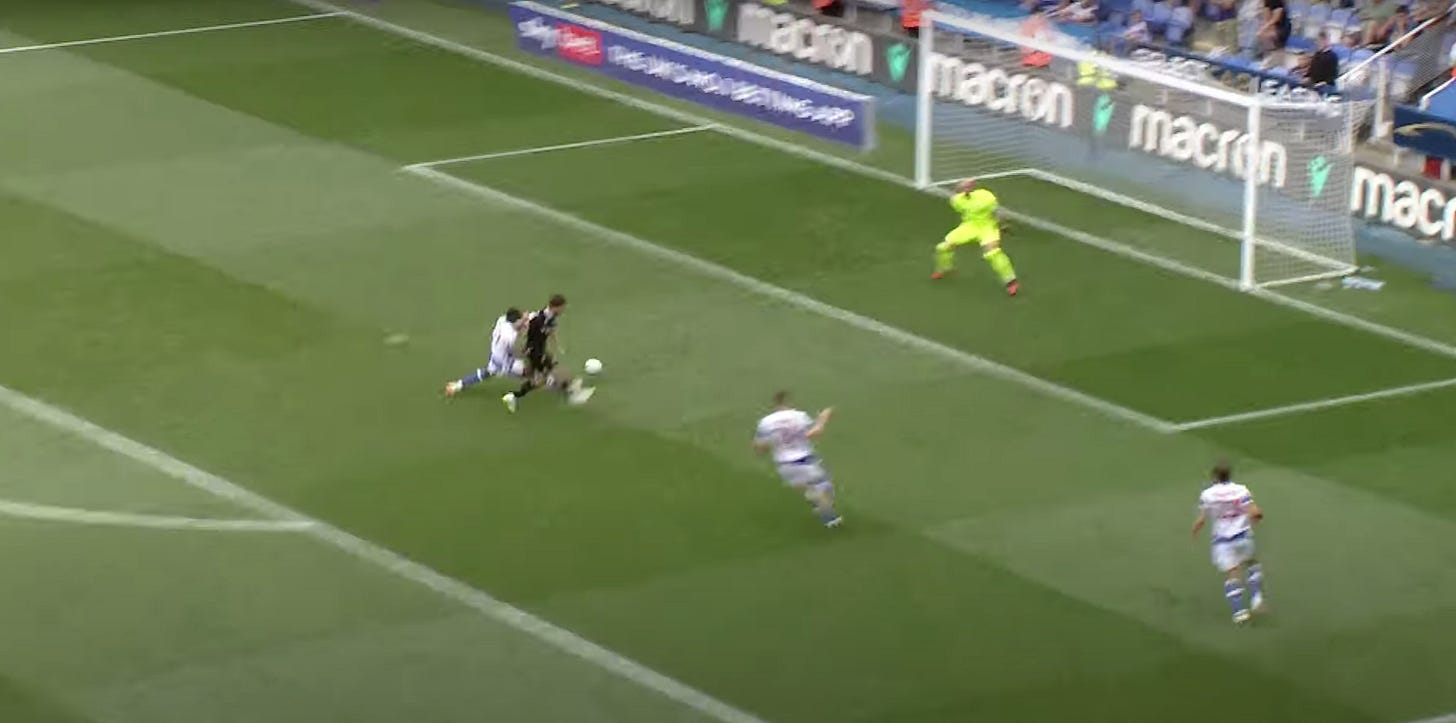
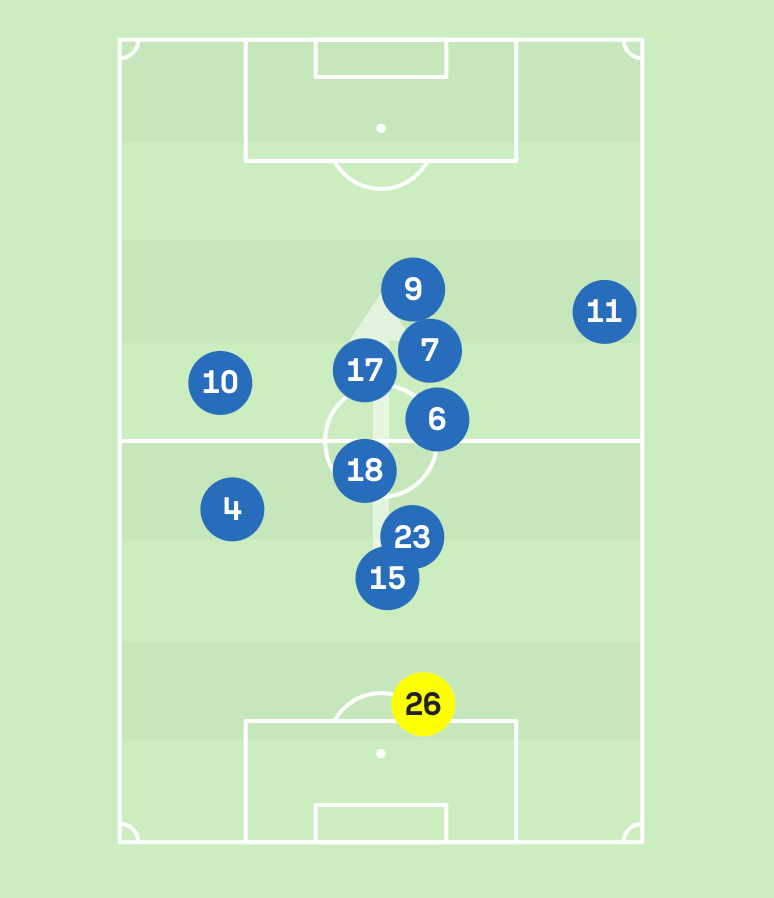
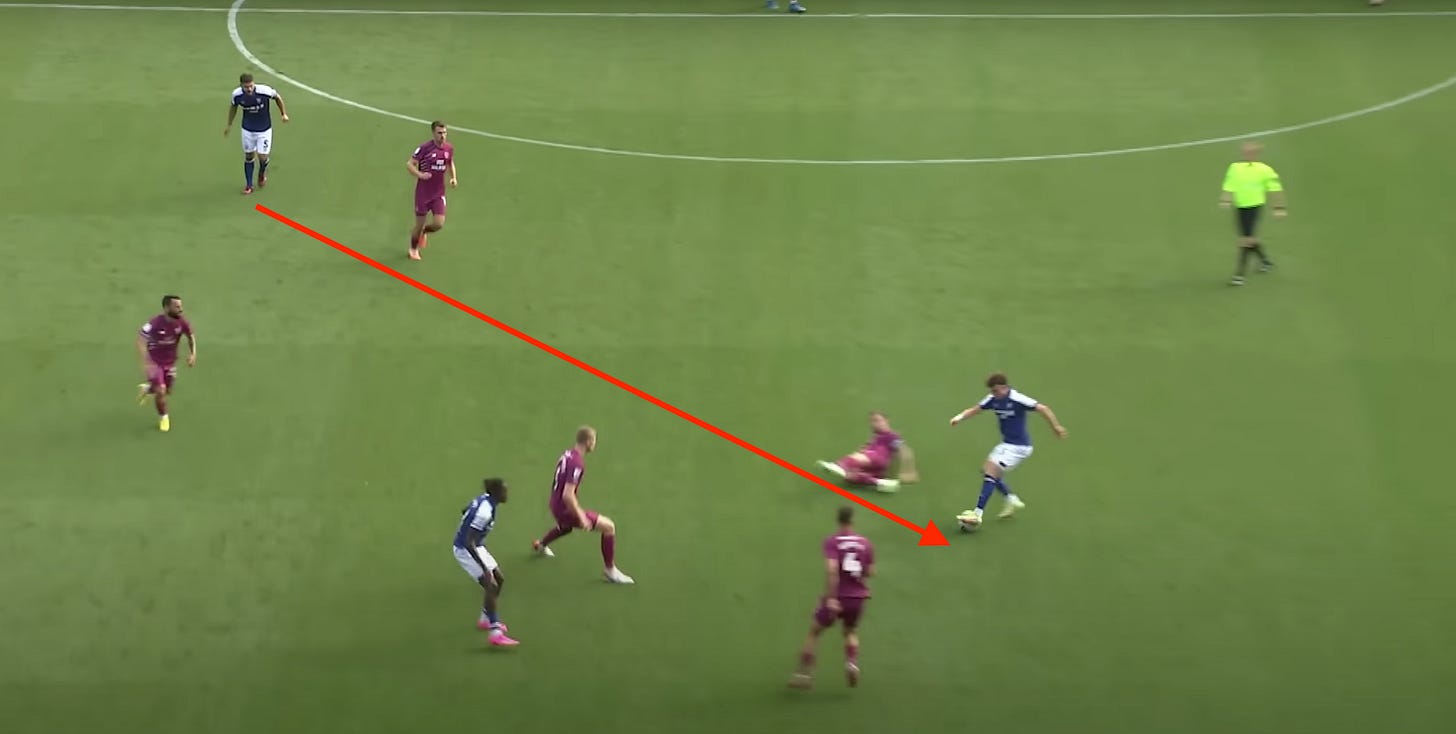
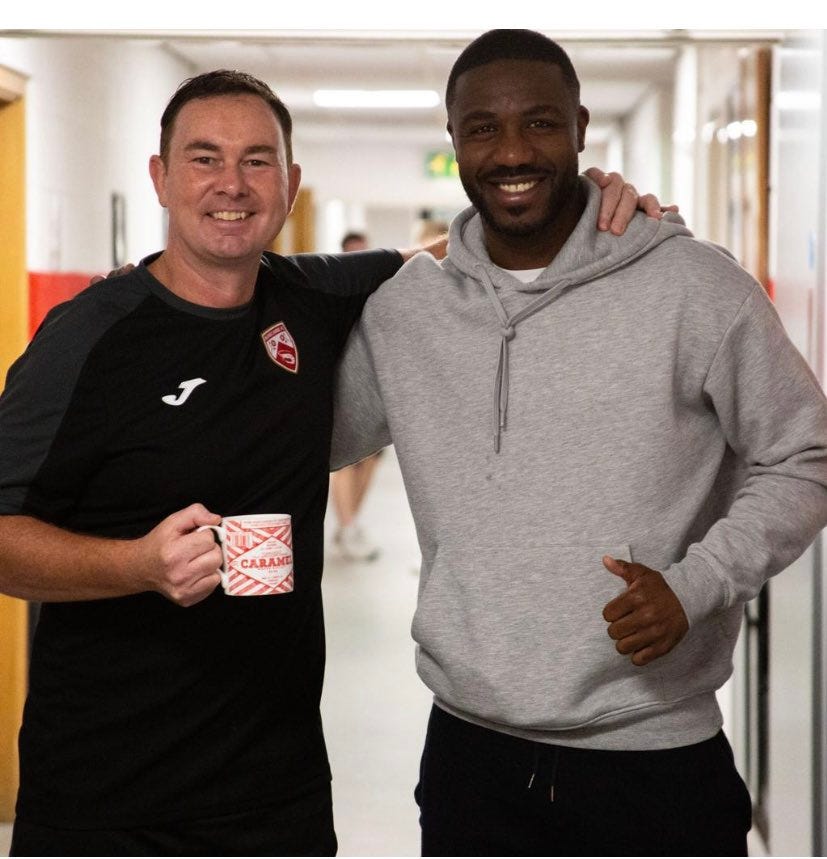
They may not share the history of some of these other couples but Gary Caldwell shares a house with his first-team coach, David Perkins.